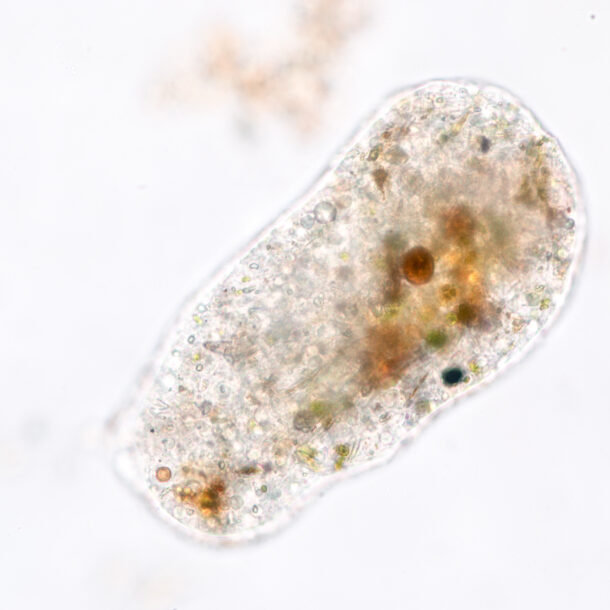
Hype aside, the microbe’s math skills ace the Travelling Salesman problem and may help with cybersecurity
Each channel represents a city on the “salesman’s route” with lights going off that signal how far each next “city” is.
This might seem like a roundabout way of calculating the solution to the traveling salesman problem, but the advantage is that the amoeba doesn’t have to calculate every individual path like most computer algorithms do. Instead, the amoeba just reacts passively to the conditions and figures out the best possible arrangement by itself. What this means is that for the amoeba, adding more cities doesn’t increase the amount of time it takes to solve the problem. Avery Thompson, “A Single Cell Hints at a Solution to the Biggest Problem in Computer Science” at Popular Mechanics
The thinking if, if we could figure out just how the brainless amoebas do these calculations, we might be able to use that information to speed up problems that are difficult because they use up a lot of computational power, including cybersecurity problems, which the amoebas do not seem to require.
Apart from solving computer science problems, the amoebas’ skills raise some interesting questions. Though we don’t know how, we know that some type of intelligence can exist without a brain, as the slime mold has demonstrated in other experiments, reminiscent of the Travelling Salesman problem, as well… Denyse O’Leary, “Is an amoeba smarter than your computer?” at Mind Matters
Nature is full of intelligence but mostly it does not resemble human intelligence. In some ways it works better than computer intelligence.
See also: See also: Can plants be as smart as animals?